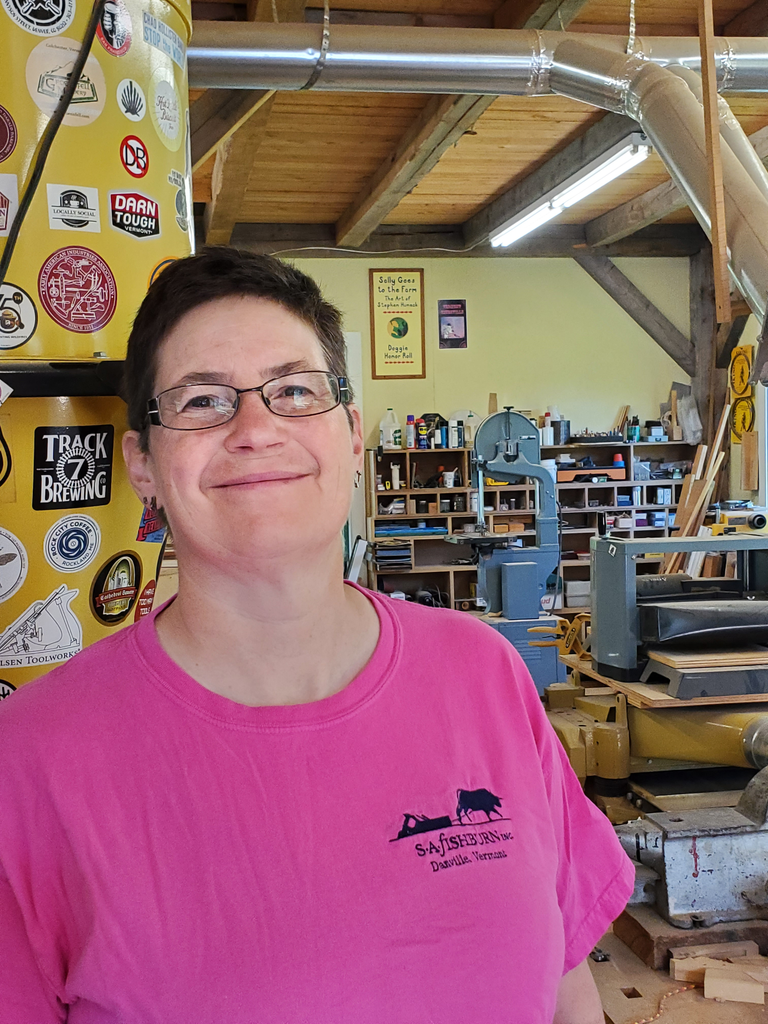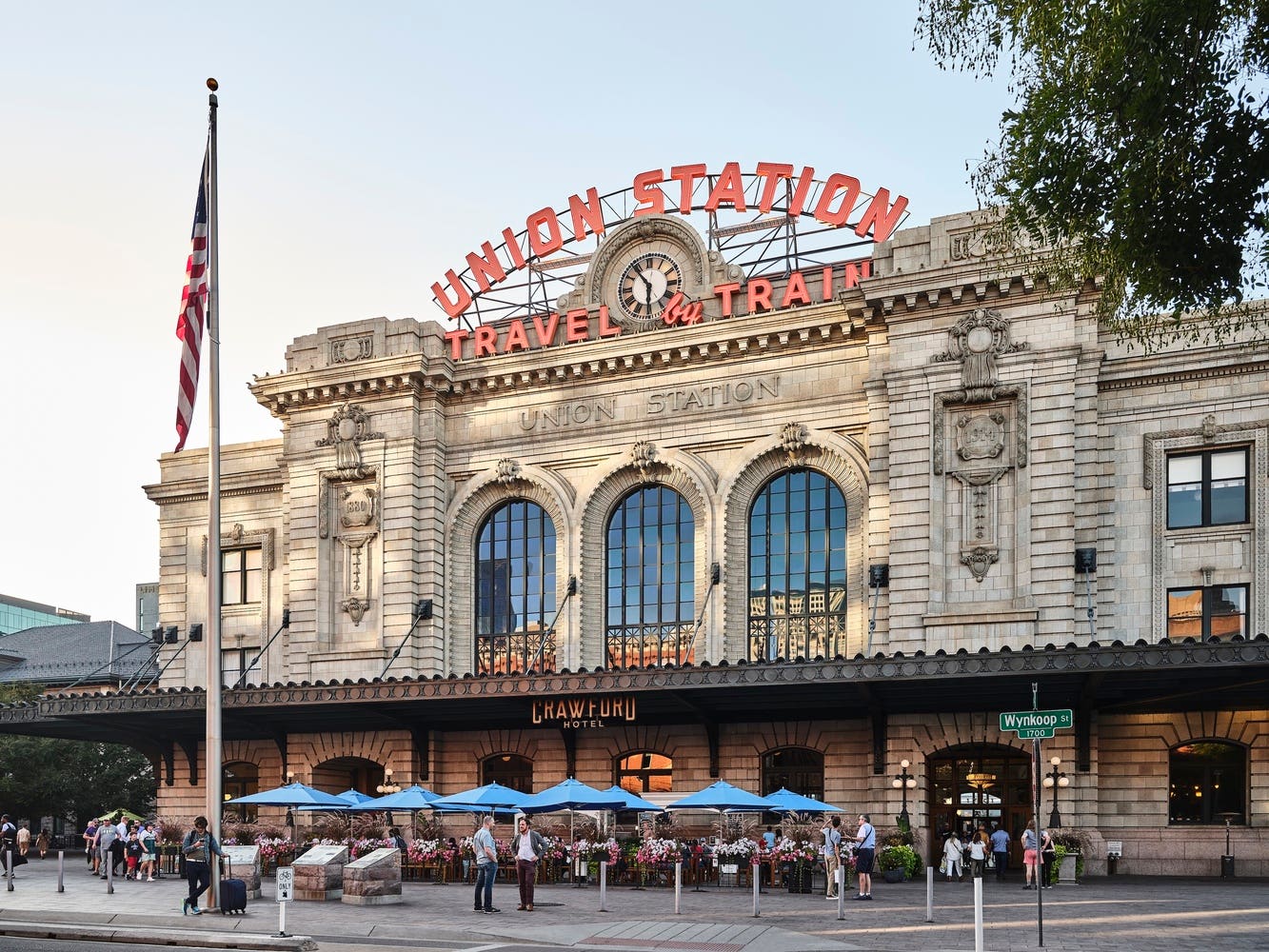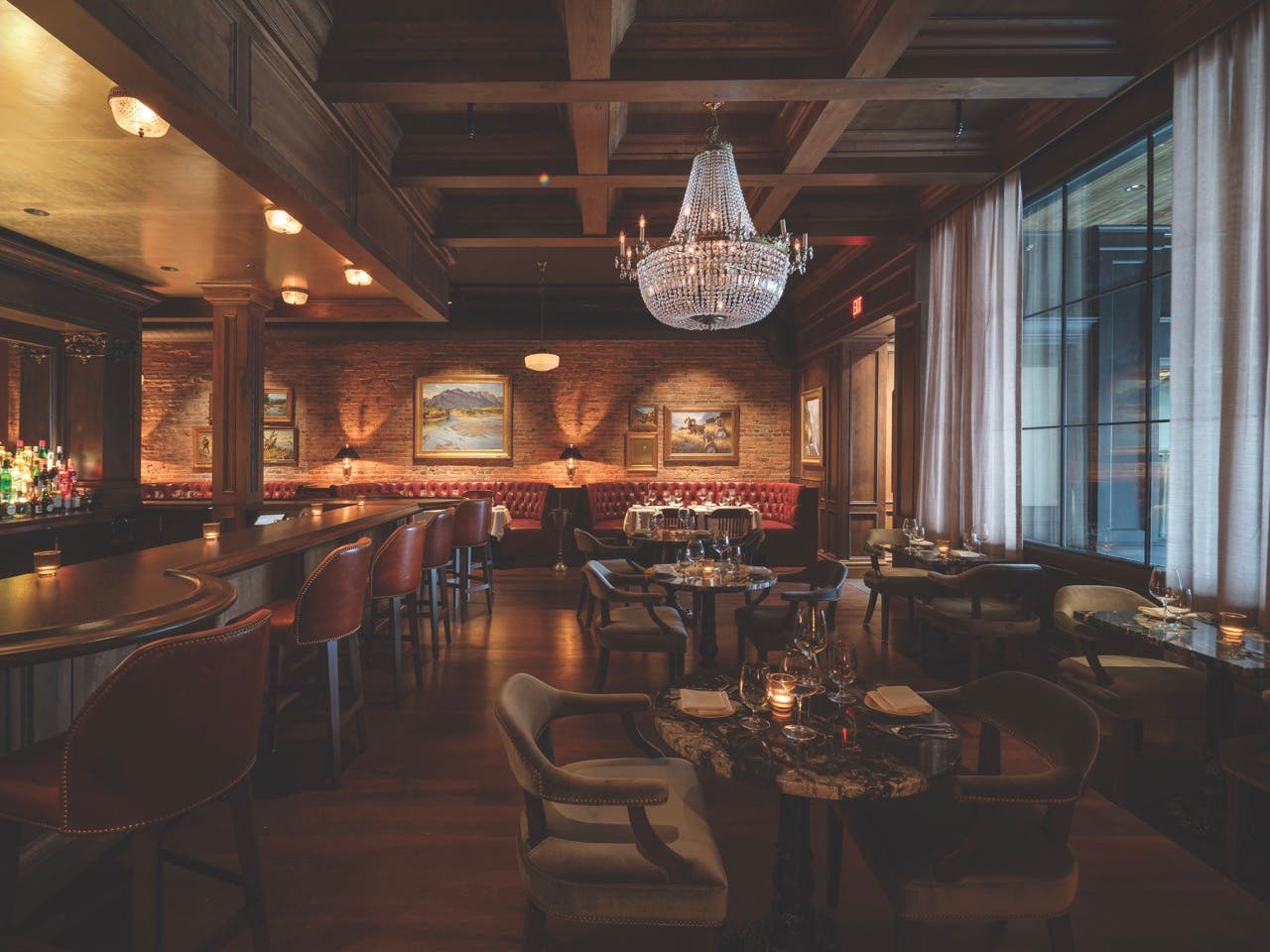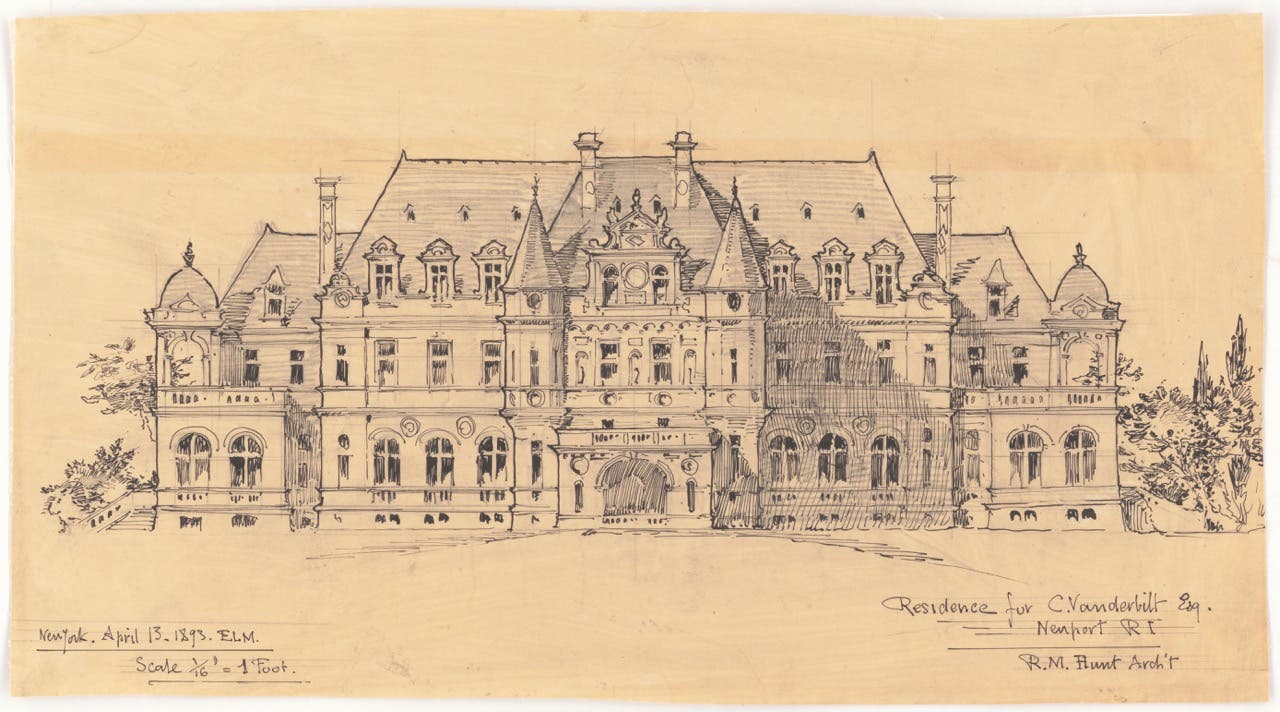
Features
The 25 – Sally Fishburn
A specialist in the preservation, restoration, and re-creation of interior architectural millwork and plaster, specifically historic windows, Sally Fishburn has helped hundreds of owners, particularly in her home state of Vermont, maintain the historic spirit of their buildings and improve their energy efficiency.
Over the course of a career that spans three decades, Fishburn, who is president of the Early American Industries Association, has remained a dedicated scholar and teacher, passing her knowledge and skills to a new generation.
In addition to window restoration and plaster preservation workshops and speaking engagements, she does hands-on training that included a window restoration apprenticeship for a local high school senior who not only restored a window in his own house but also gave a presentation to the community on the subject.
She continues to push the envelope, recently running a virtual window restoration workshop in conjunction with the Preservation Education Institute that she hopes will become a national model.
“I have witnessed and done my best to encourage a growing appreciation for and interest in preserving historic buildings as a way to honor our past, utilize the existing building stock (buildings that are resilient), and as a solution to our changing climate,” she says. “Historic building, and especially original windows, can be energy efficient. The embodied energy in original buildings and their parts is lost forever when they are thrown into a landfill.”








